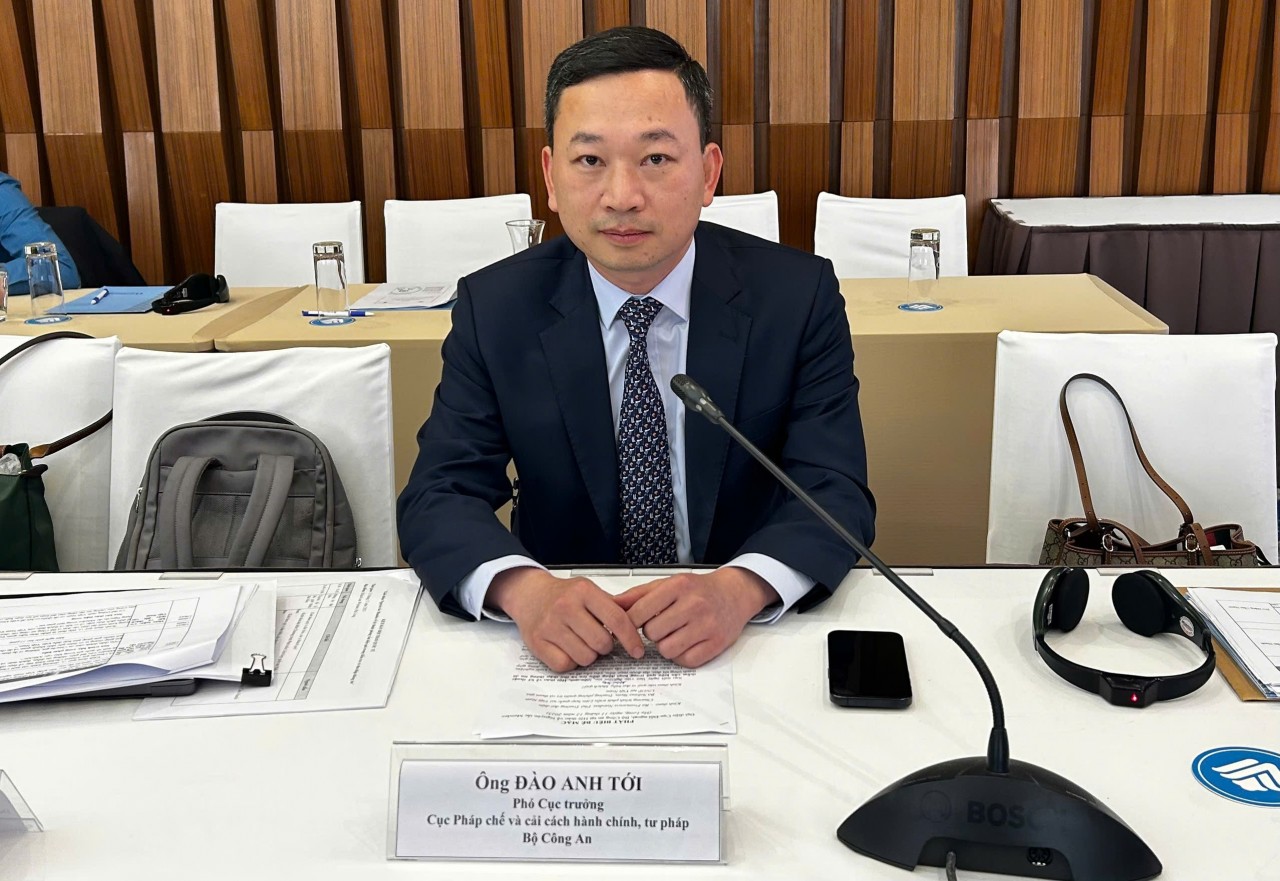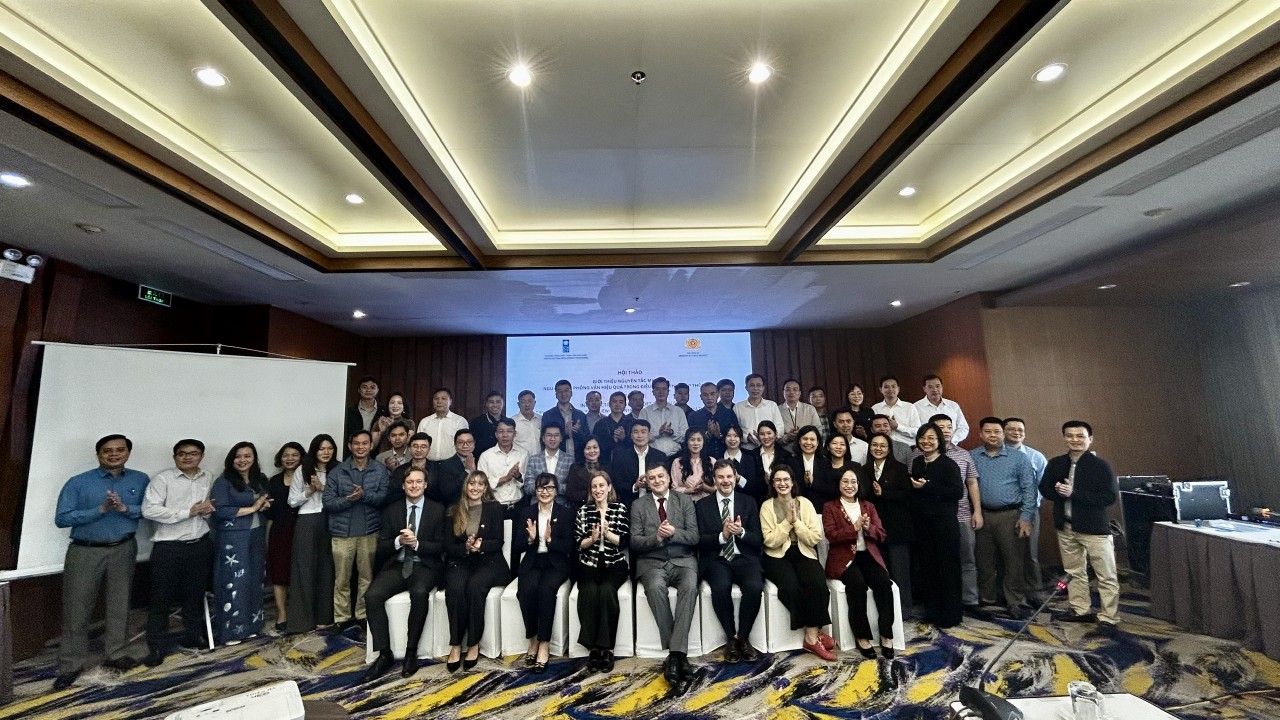Vietnam’s Humanitarian Progress in Multidimensional Poverty Reduction
| Vietnam Fatherland Front Committee in Hue City Plays Role in Poverty Reduction | |
| Prime Minister Allocates 4.56 Trillion VND to Eradicate Dilapidated Homes |
Better Living Opportunities for Millions
According to a special report by the National Office for Poverty Reduction (Ministry of Agriculture and Environment), in just four years (2021-2025), Vietnam has met and exceeded the poverty reduction targets set by the National Assembly and the Government. The household poverty rate dropped from 5.2% in 2021 to 1.93% in 2024 and is expected to reach only about 0.9-1.1% by the end of 2025. In particular, the poverty rate among ethnic minority households fell to 12.55%, with an average annual decrease of 4.45%.
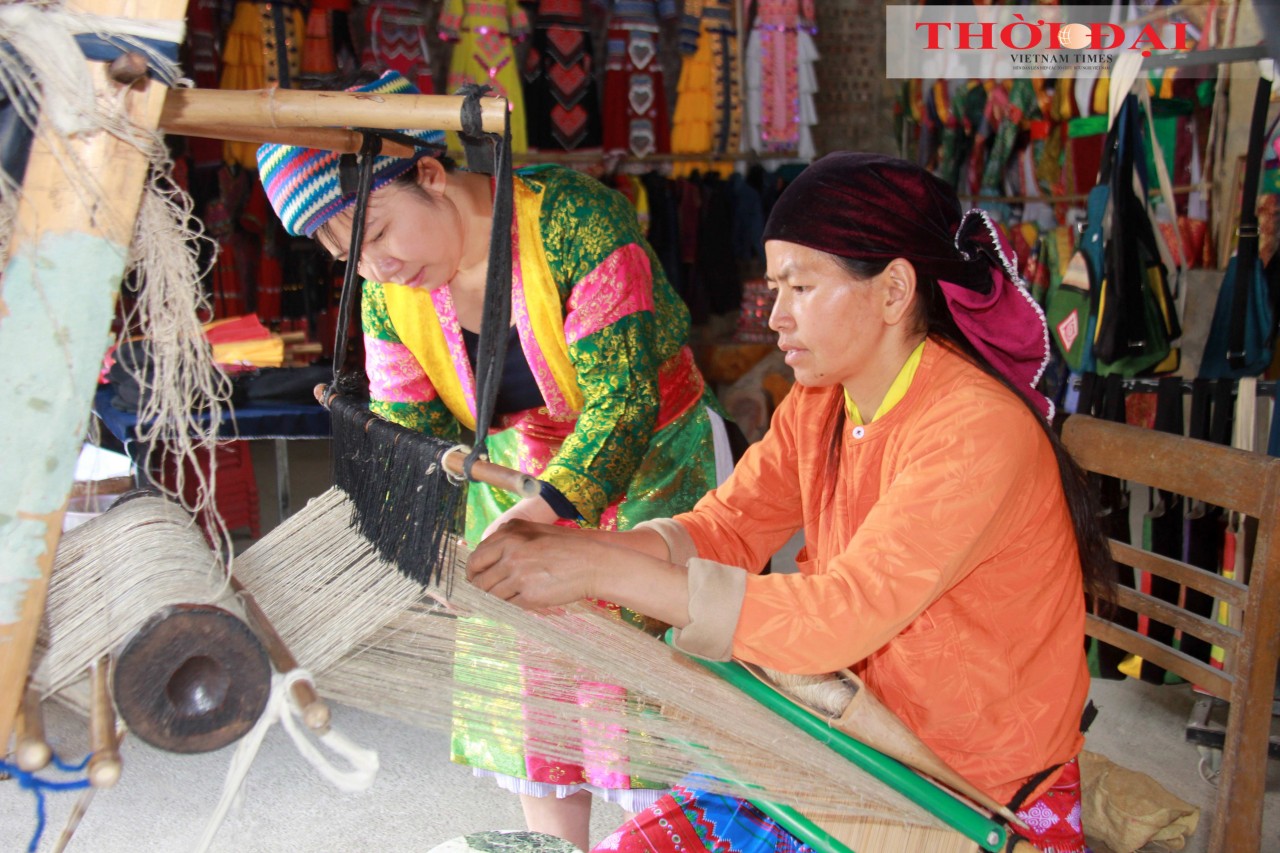 |
| The White Flax Cooperative (Sa Phin Commune, Tuyen Quang Province) provides jobs for many Hmong women in difficult circumstances. (Photo: Thanh Luan) |
Public awareness of poverty reduction has also been raised. Many households voluntarily requested to be removed from the list of poor households, and examples of successful poverty escapees have become a source of motivation in their communities. The Government has issued comprehensive policies, prioritizing disadvantaged and ethnic minority areas, gradually shifting from “handouts” to “conditional support.” The state budget has been allocated reasonably and combined with mobilizing social resources to implement the National Target Program on Sustainable Poverty Reduction.
Infrastructure in poor areas has seen significant improvements. To date, 19 particularly disadvantaged communes in coastal, island, and sandbank areas and 3 poor districts have escaped poverty. The patriotic emulation movement “For the Poor – Leave No One Behind” has become a driving force for the participation of the entire political system and the public.
The report highlights that the multidimensional poverty standard for the 2021-2025 period helped increase the number of poor people benefiting from policies by 2.3 times as of 2022. Poverty reduction policies have been implemented comprehensively: poor households can receive loans of up to VND 100 million; those borrowing for overseas labor programs can borrow up to 100% of contract costs, with the current interest rate at 6.6% per year. Poor households are issued free health insurance cards and supported with medical examination and treatment costs; preschool children and general education students are exempted from tuition fees and receive study cost support. They are also supported with loans for housing, clean water, and sanitary latrine construction; and receive monthly electricity bill subsidies of VND 46,000 per household. Poor people and ethnic minorities in disadvantaged areas are also provided with free legal services. These policies have directly guaranteed social security rights, improved economic self-reliance, and enhanced living conditions.
In the implementation of Resolution No. 24/2021/QH15, the National Target Program on Sustainable Poverty Reduction for the 2021–2025 period has been carried out comprehensively. To date, the program has built over 2,600 infrastructure projects in poor districts and especially disadvantaged communes, including transportation, irrigation, education, health, clean water, and cultural facilities. More than 10,500 poverty reduction models have been implemented, attracting over 205,000 participating households, including over 110,000 poor households. Many projects have helped poor households improve production methods, apply new technologies, and create sustainable livelihoods. The program has also integrated activities on gender, nutrition, vocational training, and employment for women, enhancing their socio-economic role.
“These achievements have been recognized by people across the country and praised by the international community as one of Vietnam’s most outstanding and humanitarian successes in nation-building during the era of reform and international integration,” the report stated.
Towards a Poverty-Free Vietnam
Despite these achievements, poverty reduction in Vietnam still faces many challenges: poverty rates in the Northern midlands, mountains, and Central Highlands remain high, with some areas at over 50–70%; the risk of households falling back into poverty persists; infrastructure in remote areas remains inadequate; and some people remain passive, depending on support. Climate change, population aging, urbanization, and the impacts of global conflicts and crises also add pressure.
To achieve the goal of “Zero hunger,” Vietnam is developing the multidimensional poverty standard for 2026-2030, with a projected income threshold of VND 2.8 million per person per month in urban areas and VND 2.2 million in rural areas. Criteria for access to basic social services such as information, clean water, sanitation, and environment are also being revised.
Poverty reduction efforts will be closely integrated with the National Target Program on New Rural Development, linked to green economic development, digital transformation, climate change adaptation, and sustainable livelihood models. The strategy emphasizes creating stable employment, improving digital skills for poor workers, expanding livelihood opportunities in both urban and rural areas, and linking them with entrepreneurship and the sharing economy. Priority will be given to vulnerable groups, promoting gender equality, protecting children and those at risk, and ensuring that all citizens have access to basic social services. The state will continue to play a leading role in mobilizing resources while encouraging participation from communities, businesses, and international organizations, ensuring transparency and efficiency in management.
This approach affirms that poverty reduction is not just about temporary relief, but about building capacity, expanding opportunities, and guaranteeing human rights for all citizens.
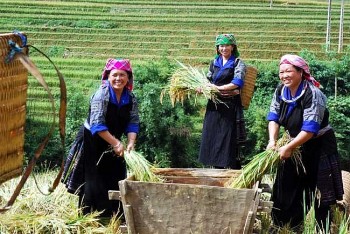 | Poverty Reduction to Ensure Human Rights in Vietnam Over the past 30 years, Vietnam has become a successful model in the world in poverty reduction, and is one of the 30 countries applying ... |
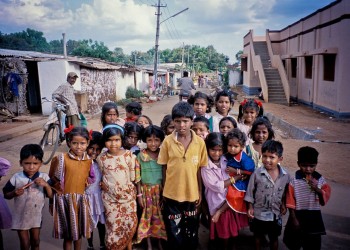 | Vietnam Succeed in Reducing Multidimensional Poverty: UNDP According to the United Nations' Multidimensional Poverty Index (MPI), Vietnam is one of 25 countries that successfully reduced multidimensional poverty over the past 15 years. |

